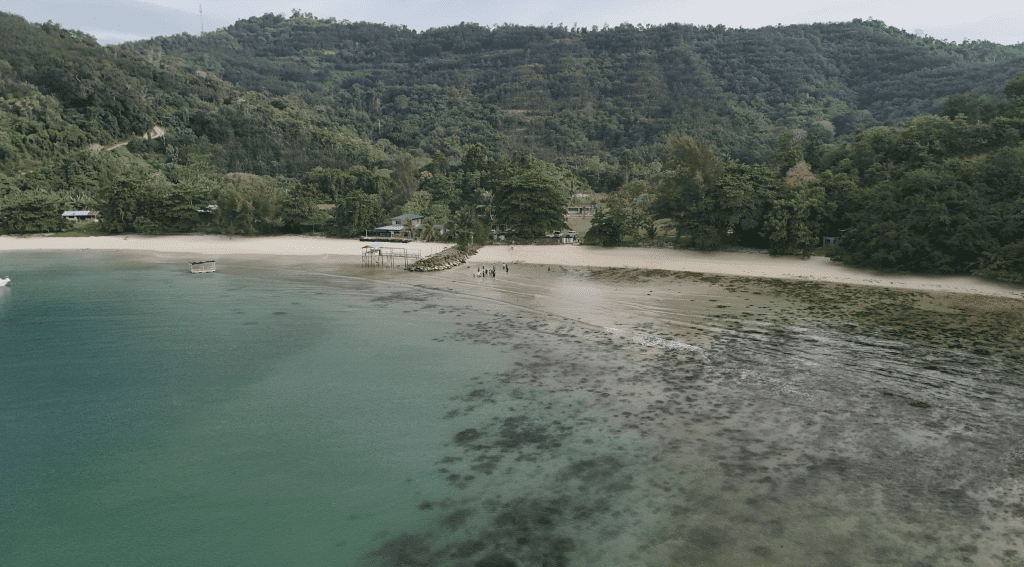When the tide recedes along Sabah’s coastline, the shallows reveal a meadow of green. To the untrained eye, it looks ordinary, but to scientists, fishermen, and coastal villagers, this is a living treasure: seagrass.
Seagrass is not seaweed. It is a flowering plant with roots, stems, and tiny blossoms. Anchored in the seabed, it creates an underwater pasture that feeds endangered dugongs, shelters juvenile fish, and supports local livelihoods. Yet for decades in Malaysia, it has been overlooked, until now.
Efforts to protect these meadows are part of a broader nationwide initiative led by Yayasan PETRONAS to map and conserve Malaysia’s seagrass ecosystems. Working with strategic partners such as the Department of Fisheries Malaysia (DOF), Universiti Malaya, and Universiti Putra Malaysia, the programme also engages coastal communities to raise awareness and foster stewardship.
In Sabah, the initiative is carried out with the support of Yayasan PETRONAS, DOF, the Sabah Biodiversity Centre (SaBC), and Universiti Malaysia Sabah (UMS). Combining scientific mapping with community engagement and education, it represents a comprehensive effort to safeguard Malaysia’s seagrass meadows.
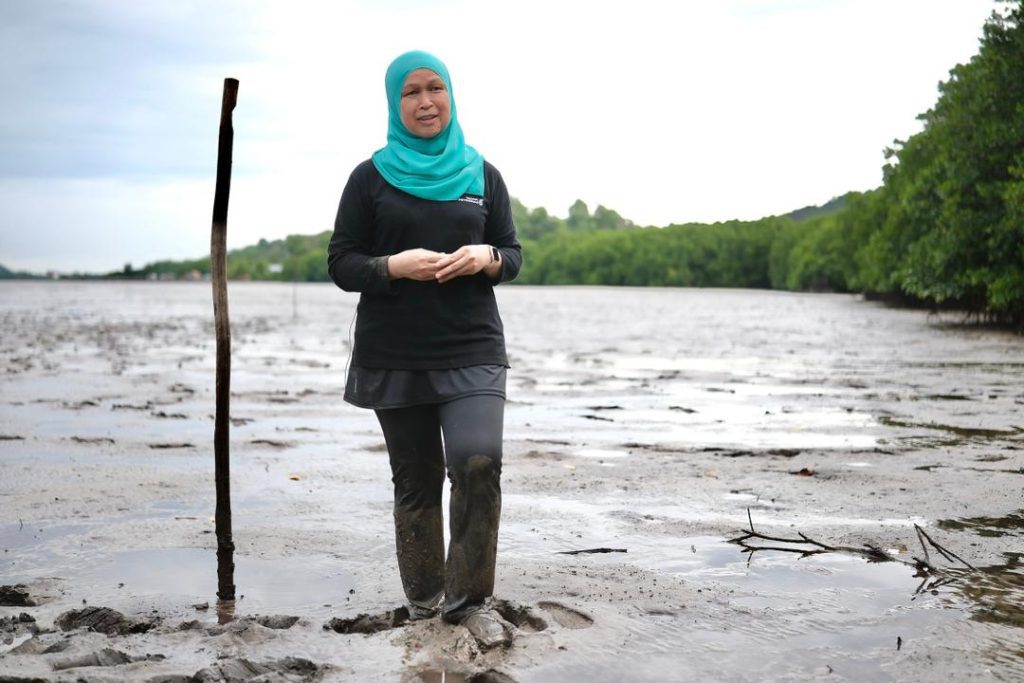
Seagrass is very much like a tree on land with roots that anchor into the seabed, flowers, and even fruits. It’s one of the most important marine ecosystems, yet it hasn’t received the attention it deserves. – Shariah Nelly Francis, CEO of Yayasan PETRONAS
Why Seagrass is Sabah’s Secret Treasure
For Dr. Chong Wei Sheng of Universiti Malaysia Sabah (UMS), a marine scientist on a five-member research team led by Associate Professor Dr. Ejria Saleh, seagrass meadows are far more than “green carpets.” To him, they are critical life-support systems that sustain marine biodiversity and coastal communities.
Seagrass is the first line of defence against coastal erosion. In shallow waters, it precedes the coral reefs, protecting the seabed and providing a safe environment for young fish to grow. Without seagrass, marine life loses its nursery ground. – Dr. Chong Wei Sheng, University Malaysia Sabah (UMS)
Seagrass meadows don’t just shelter fish; they host sea urchins, starfish, and even the elusive dugong. And while fish don’t eat seagrass directly, they graze on the algae that grows on its blades, making the meadow a vital nursery.
For Sabah’s coastal communities, the connection is clear. In Kampung Penimbawan in Tuaran, 68-year-old village head Hj Jelin bin Hj Laidin has seen how seagrass translates into food and income.
Seagrass brings many benefits. It provides a place for fish species to live. It’s a breeding ground, a place where fish lay eggs, where crabs and prawns thrive. That’s why seagrass is so important to our community. – Hj Jelin bin Hj Laidin, Village Head of Kampung Penimbawan
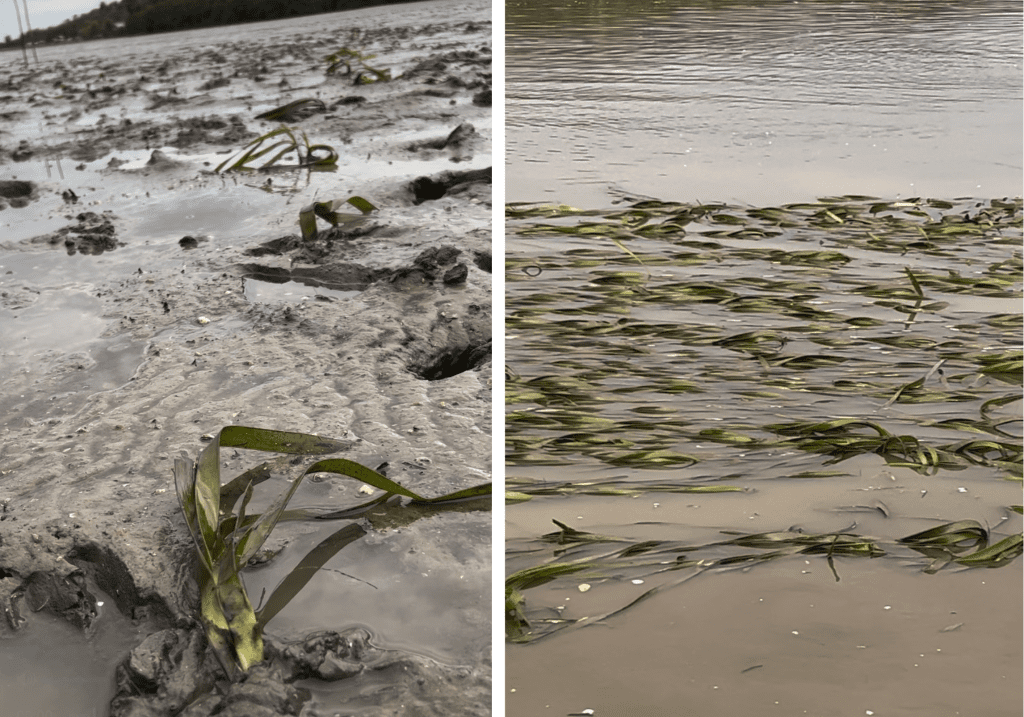
Beyond supporting livelihoods, healthy meadows stabilise the seabed, buffer against erosion, and protect coasts from storms intensified by climate change. Yet they remain fragile. Sedimentation from logging, destructive fishing, and careless tourism can smother or uproot them.
Sedimentation is a big issue, when forests are cleared inland, soil washes into the sea, blocking sunlight. Human activities like fish bombing, trawling, or poorly managed resorts also damage seagrass. – Dr. Chong Wei Sheng, University Malaysia Sabah (UMS)
Perhaps the greatest hidden strength of seagrass is carbon capture, storing more than most land ecosystems and making these meadows vital allies against climate change.
Seagrass can sequester up to 35 times more carbon than terrestrial forests. That number depends on the species, but it shows just how powerful this ecosystem is for climate resilience. – Dr. Chong Wei Sheng, University Malaysia Sabah (UMS)
Mapping The Underwater Forest
Until recently, much of Malaysia’s seagrass was unmapped. Few studies were conducted, and knowledge often relied on decades-old records. That’s now changing.
Dr. Chong and his team at UMS are combining satellite images, drones, and ground surveys to create the most detailed picture yet of where seagrass grows along Malaysia’s coastlines.
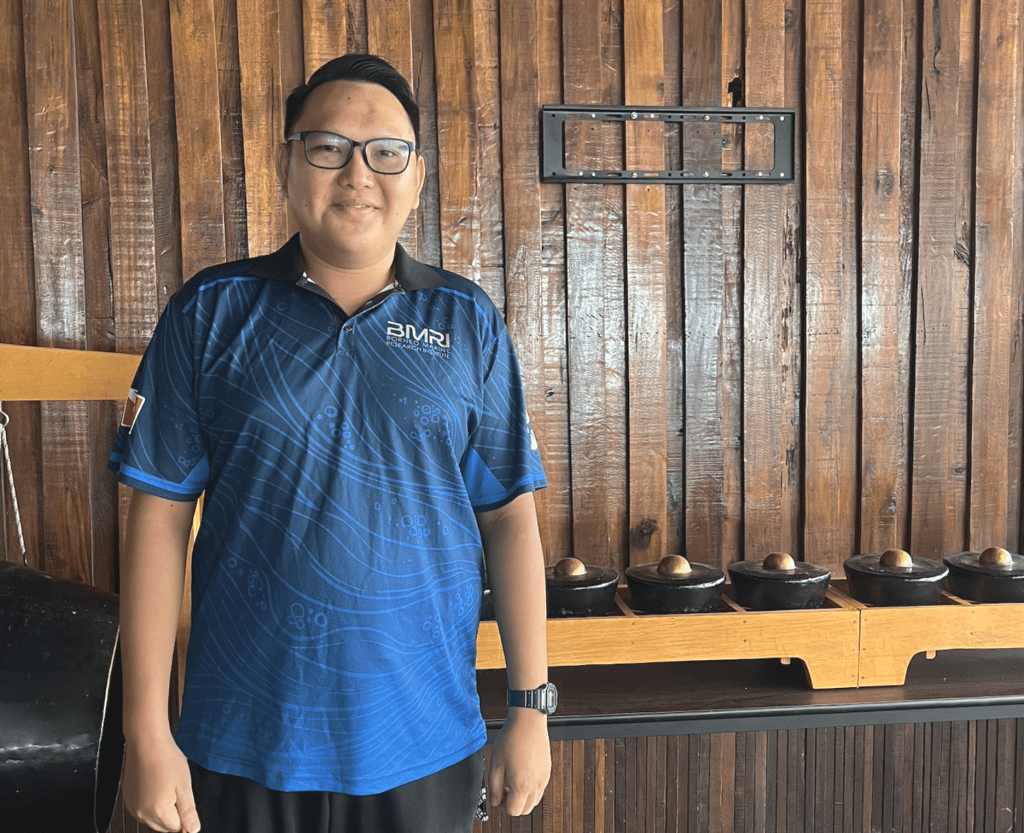
We start with past records, looking at 20–30 years of literature. Then we go into the field, use drones to map the boundaries, and dive or snorkel to identify species and measure density. We take photos, collect samples, and record water quality. – Dr. Chong Wei Sheng, University Malaysia Sabah (UMS)
The data is fed into a GIS system, layered with satellite images, producing the first comprehensive baseline of Malaysia’s seagrass distribution. The discoveries are surprising and insightful.
In just eight or nine months, we found more than 20 newly documented seagrass meadows. For the last 20 years, there wasn’t much active research. This is the first comprehensive mapping of seagrass in Malaysia, and it’s feeding into a national action plan. – Dr. Chong Wei Sheng, University Malaysia Sabah (UMS)
For Yayasan PETRONAS, this scientific groundwork is critical not only for conservation but also for communities and their future.
This project is very much about mapping the distribution of seagrass meadows. But it will also involve local communities as stewards and custodians. The goal is to get communities to take ownership, so they can preserve and conserve the meadows around them. – Shariah Nelly Francis, CEO of Yayasan PETRONAS
Restoring Seagrass, Redeeming The Future
Malaysia is one of the world’s seagrass hotspots, home to 17 species. Yet many meadows remain unmapped, unstudied, and unprotected. In Sabah, coastal development, destructive fishing, and pollution continue to chip away at these fragile ecosystems.
New mapping and restoration efforts are shifting the tide. Gathering data, raising awareness, and sparking ripples that could shape policy, inspire communities, and strengthen conservation across Malaysia.
The MoU between Yayasan PETRONAS and Sabah Biodiversity Centre is set for five years, but its vision is long-term: to restore, conserve, and nurture ecosystems while building public awareness of their value.
For villagers like Hj Jelin, the benefits are already visible:
Last time, there was only a bit of seagrass here. Now, with more being planted, we hope the fish, crabs, and prawns will come back. That means more food on the table and some extra income for our families. – Hj Jelin bin Hj Laidin, Village Head of Kampung Penimbawan, Tuaran
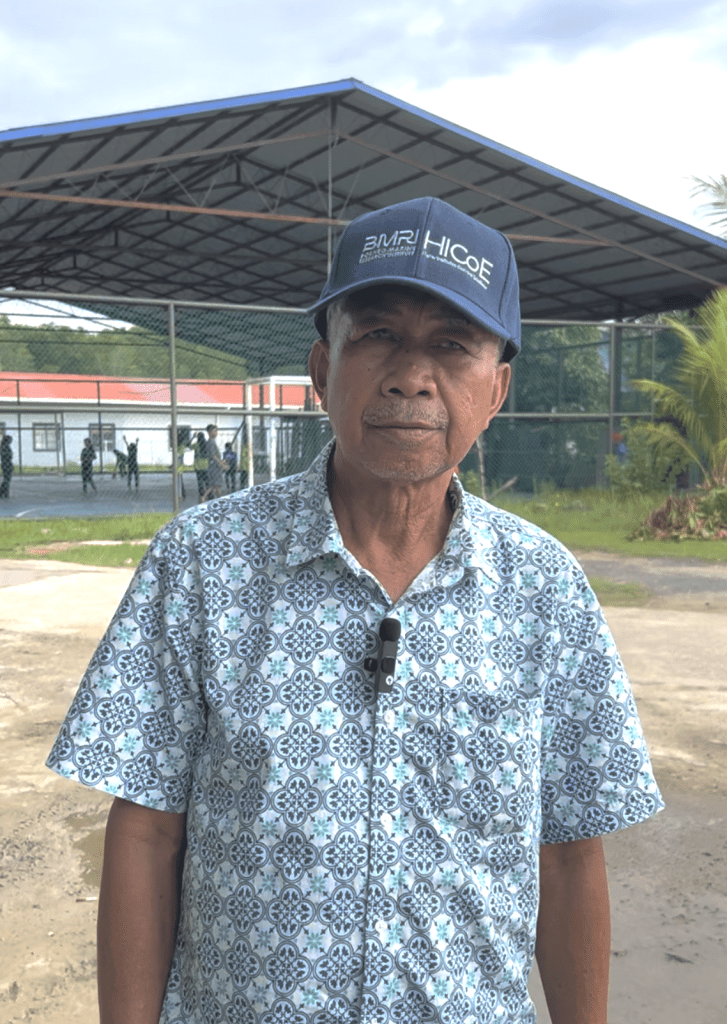
The seagrass may not look like much now, but given time, it will weave an invisible net of life, catching fish, protecting coasts, and capturing carbon.
